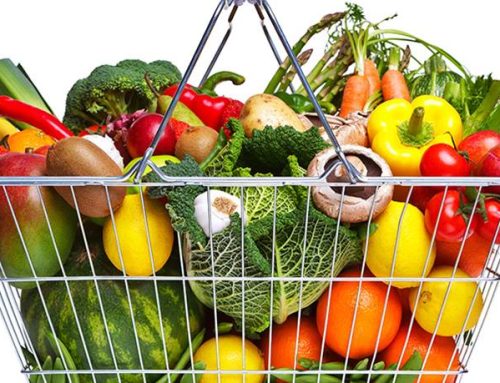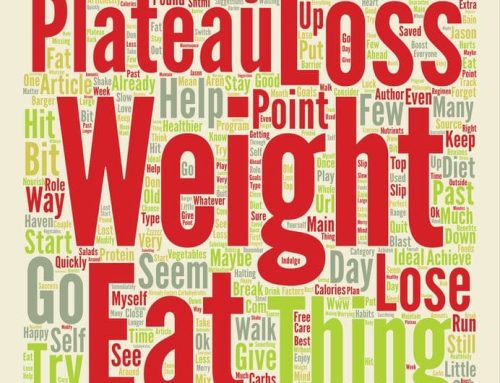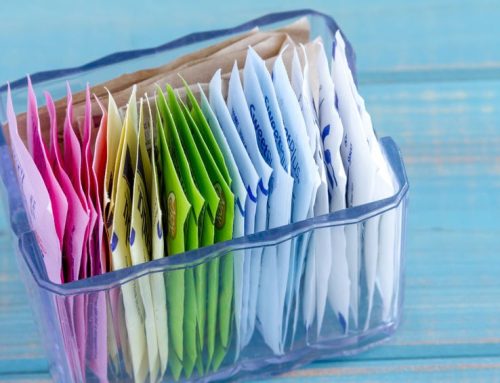New nutrition labels are required in 2020.
Resolving to eat healthier may be a lot easier this new year, thanks to the revamped Nutrition Facts Label.
Mandated by the Food and Drug Administration, it makes its debut on many food items in January, although some products and manufacturers have until July 2020, January 2021, or July 2021 to comply.
Charlotte Vallaeys, M.S., senior policy analyst for food and nutrition at Consumer Reports (CR), explains four changes that will be most useful.
What’s on the New Nutrition Labels?
The purpose of the new nutrition labels is to provide more useful information to consumers.
1. A More Realistic, Prominent Serving Size
The serving size (in bold type) for soft drinks, ice cream, bagels, cereal, and other foods has been increased to better reflect what people eat in one sitting. For packages that hold between one and two servings, the nutrition information must now be presented for the entire package. If the package holds between two and three servings but they could be eaten in one sitting—such as a pint of ice cream—the label must show nutrition info for one serving and the whole package.
CR’s insight: By law, serving sizes are based on the amount that people typically consume, but that doesn’t mean you should eat that much. For less-than-healthy foods, keep portions on the smaller side.
2. New Vitamin & Mineral Amounts
On the label, vitamins A and C have now been replaced with vitamin D and potassium, because Americans don’t get enough of these. The label must also list the actual amount (in milligrams or micrograms) in addition to a “Daily Value” percentage.
CR’s insight: To more fully understand where a food’s nutrients are coming from, you should also scan the ingredients list. If a vitamin or mineral is also listed there, it means it was added to the food. Getting nutrients naturally from food is generally better for you than getting them from those added in.
3. Information on Added Sugars
The line for total sugars is for both the food’s naturally occurring sugars as well as those added in processing, such as high-fructose corn syrup.
The new line indicating the subset of added sugars is important because those are the ones you want to limit to 50 grams per day or less on a 2,000-calorie diet.
CR’s insight: Requiring food makers to separate added sugars might create an incentive for them to reduce the amount they add. But Vallaeys’ acknowledges that “Some manufacturers may swap in sugar substitutes, such as sucralose or stevia, or sugar alcohols, such as sorbitol or mannitol.” So if you see a sugar reduction in your favorite food, check the ingredients list to see whether those substitutions were made.
4. A Bigger, Bolder Calorie Count
“The number of calories in a serving really pops now,” Vallaeys says. Calories are a unit of energy: Consume more than you need and your body stores the excess as fat.
CR’s insight: Note the calorie count, but also consider where those calories are coming from. Vallaeys emphasizes that “Eating 250 calories’ worth of nuts is very different from eating a 250-calorie Snickers bar.” The calories in nuts supply protein, healthy fats, and nutrients such as magnesium and fiber, while the Snickers bar has 25 grams of added sugars.
Click here to read full article about new nutrition labels for 2020.







